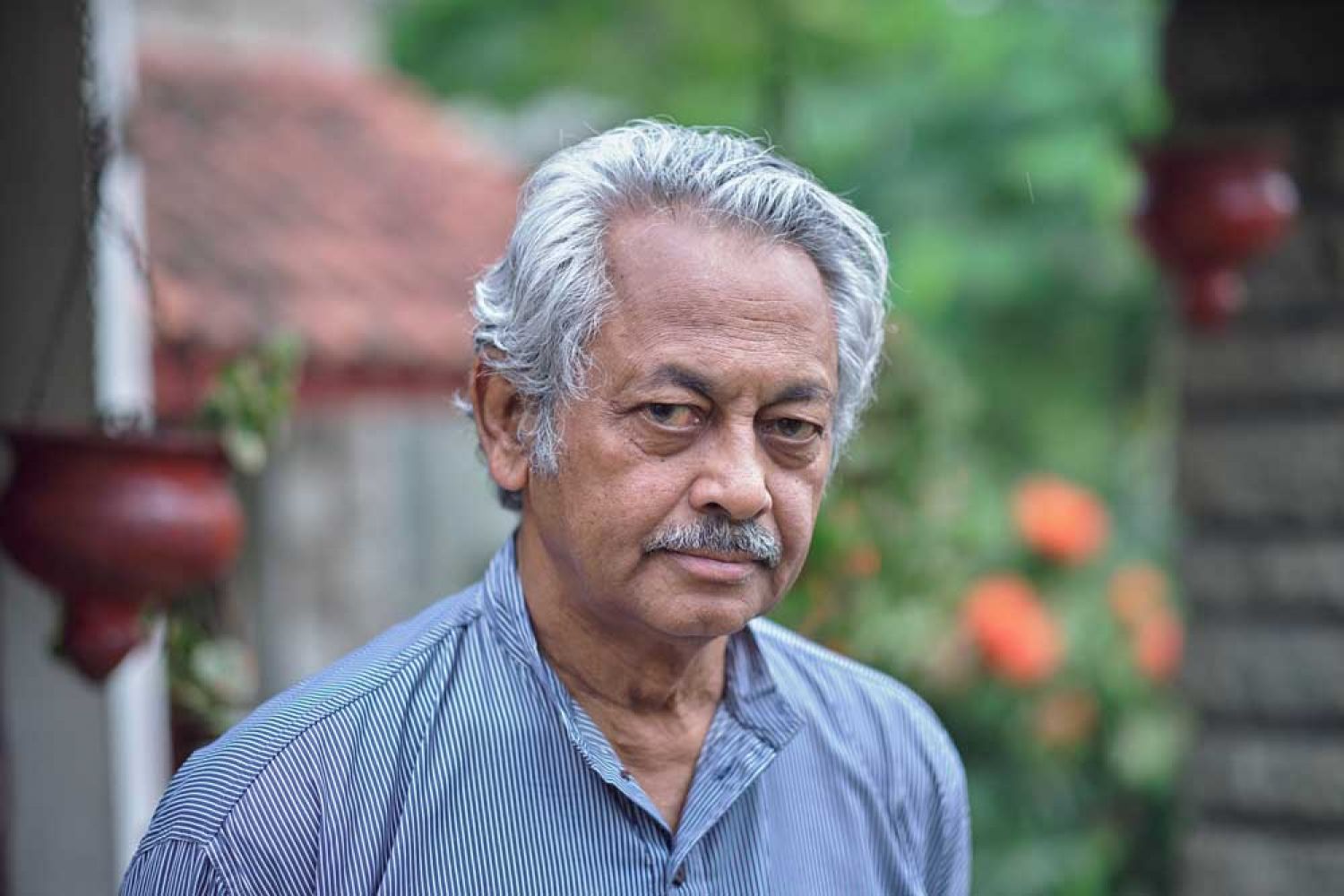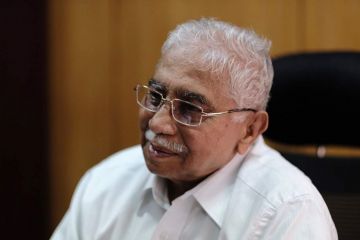
One of the pivotal figures to emerge from the Indian parallel
cinema of the 1970s, Girish Kasaravalli might well have ended up in a career in
pharmacology. While training in Hyderabad, he came across an advertisement by
the Film and Television Institute of India (FTII) and applied.
His stint at FTII provided an inkling of the success he
would see. He graduated with a gold medal, and his student film Avashesh
was awarded the National Film Award for the best short fiction film. And in
1977
Continue reading “'I don't know how producers make money'”
Read this story with a subscription.





